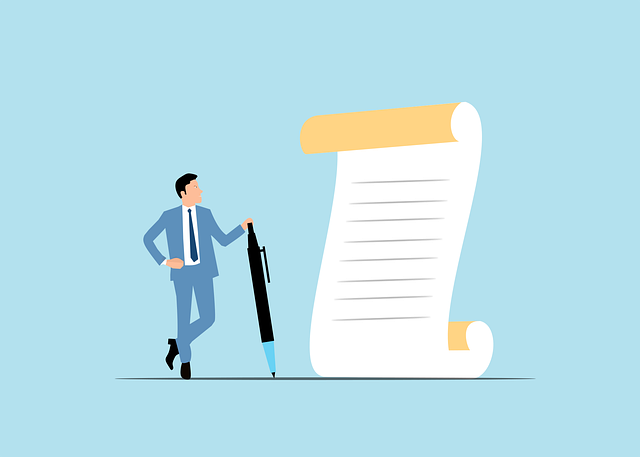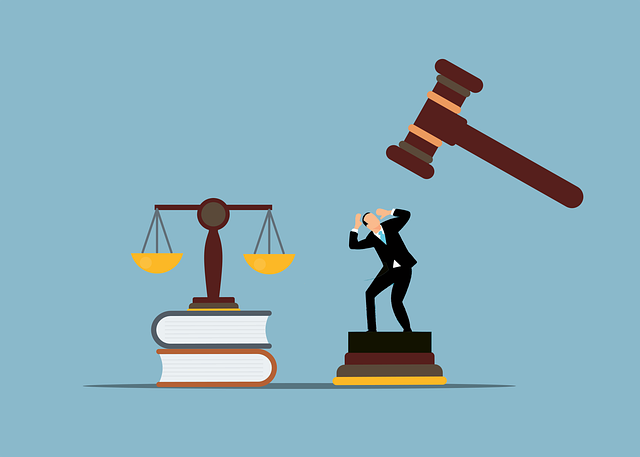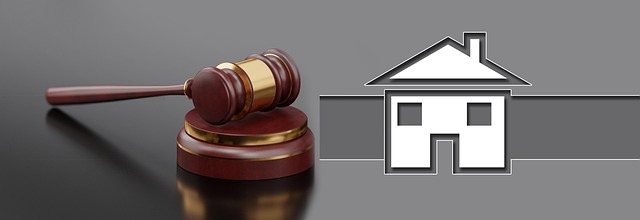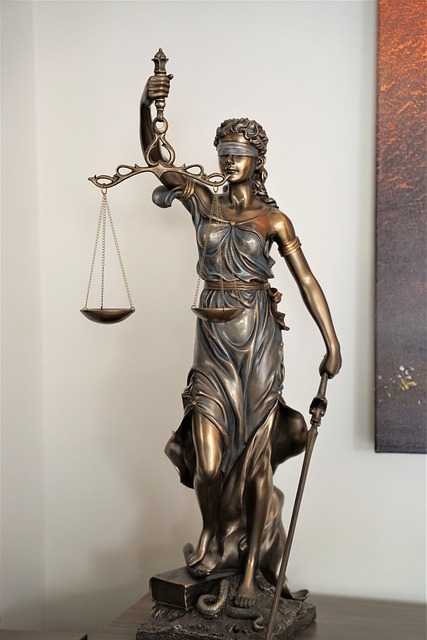In the complex world of bicycle accident liability, understanding legal determinations is crucial for both riders and motorists to navigate risks and claims. When a collision occurs, factors like negligence, failure to yield, and road conditions are scrutinized by specialized car accident attorneys, ensuring cyclists receive fair compensation. Determining fault involves analyzing speed, lane usage, signaling, visibility, weather, and evidence, as mutual negligence can share liability. Victims seeking compensation must know different scenarios have varying legal outcomes, including product liability for defective bikes or unsafe roads, and complex cases may require expertise in breach of contract, medical malpractice, or caregiver abuse. Entitled to damages, victims can seek medical expenses, pain and suffering, lost wages, and property damage.
Bicycle accidents can result in severe injuries, raising crucial questions about legal responsibility. This article delves into the intricate world of bicycle accident liability from a legal perspective. We explore how fault is determined in collisions involving cyclists, bicyclists’ rights, and the legal implications for all parties involved. Understanding these dynamics is essential for both victims seeking justice and insurers navigating complex claims. Key topics include identifying at-fault parties, understanding insurance coverage, and protecting the rights of injured cyclists.
- Understanding Bicycle Accident Liability: A Legal Perspective
- Determining Fault: Who Is Responsible in Bicycle Collisions?
- Legal Implications and Rights of Cycling Victims
Understanding Bicycle Accident Liability: A Legal Perspective

In the realm of bicycle accident liability, understanding the legal determinations is crucial for both riders and motorists. A bicycle accident can result in significant injuries and subsequent medical malpractice claims, emphasizing the need to comprehend liability frameworks. When a collision occurs between a cyclist and a vehicle, several factors come into play, including negligence, failure to yield, and road conditions, each carrying weight in legal proceedings. A car accident attorney specializing in such cases often navigates these complexities, ensuring their clients receive adequate accident compensation.
The legal perspective on bicycle accident liability involves a meticulous examination of circumstances leading up to the incident. This includes evaluating the actions of both parties, such as speed, signaling, and adherence to traffic rules. Unlike other types of accidents, like medical malpractice cases, where fault is often clearer, bicycle accidents may require extensive evidence gathering and witness testimonies. Ultimately, the goal is to determine liability fairly, ensuring justice for injured cyclists while promoting safe riding practices in the future.
Determining Fault: Who Is Responsible in Bicycle Collisions?

In the event of a bicycle collision, determining fault is a complex process that involves careful consideration of various factors. While it might seem straightforward, assigning liability in bicycle accidents can be intricate due to unique circumstances often surrounding such incidents. Typically, the primary focus is on establishing who acted negligently or breached their duty of care, leading to the accident.
Bicycle riders, motorists, and even infrastructure play roles in ensuring safe roads. In many cases, fault is determined by examining factors like speed, lane usage, signaling, visibility, and weather conditions. For instance, a cyclist who fails to yield right-of-way or a driver making a sudden turn without checking for bicycles could be considered at fault. However, it’s not always black and white; certain situations might involve a partnership disagreement where both parties share liability, akin to when a breach of fiduciary duty occurs, especially if negligence is mutual. An auto accident attorney often helps navigate these complexities by analyzing evidence and legal precedents to ensure just outcomes in bicycle accident liability cases.
Legal Implications and Rights of Cycling Victims

In the event of a bicycle accident, understanding one’s legal rights and implications is crucial for victims. When a cyclist is injured due to another party’s negligence or intentional act, they may have grounds to pursue legal action for compensation. The concept of bicycle accident liability revolves around determining fault and holding accountable those responsible for causing harm. Victims of such accidents are entitled to seek damages for medical expenses, pain and suffering, lost wages, and property damage, among other losses.
Cycling victims should be aware that different scenarios can lead to varying legal outcomes. For instance, if a collision occurs due to a defective bike or unsafe road conditions, product liability or municipal negligence laws may apply. In cases of accidents involving motor vehicles, understanding the rules of the road and insurance regulations is vital. Additionally, when dealing with complex situations such as breach of contract in rental agreements, medical malpractice, or instances of caregiver abuse, specialized legal expertise is required to navigate the specific rights and remedies available to the injured party.
In understanding bicycle accident liability, it’s clear that determining fault is a nuanced legal process. When it comes to who bears responsibility in these collisions, various factors are considered, including negligence, infrastructure design, and compliance with traffic laws. The rights of cycling victims are protected by law, ensuring they receive fair compensation for their injuries. By navigating the complexities of bicycle accident liability, individuals can better protect themselves on the roads and seek justice when accidents occur.






